When to Worry About Your Child’s Limp – Normal or Concerning?
Every parent knows the joy of watching their child run, play, and explore the world with endless energy. But what happens when suddenly you notice your little one limping? Is it just tiredness after a long day of play, or could it be something more serious? A limp in children can sometimes be harmless, but at other times, it can signal an underlying orthopedic condition that requires medical attention. Understanding the difference is the first step in ensuring your child gets the right care at the right time. Why Do Children Limp? Children may limp for many reasons — some temporary, some more concerning. Here are the most common causes: 1. Minor Injuries and Strains Kids are naturally adventurous. A small fall on the playground, bump during a football match, or a twisted ankle while running can easily cause a limp. In most cases, these injuries are minor and resolve in a day or two with rest and care. 2. Infections Sometimes, limping may not be related to an injury at all. Joint infections, especially in the hip or knee, can cause swelling, warmth, and pain that make it difficult for a child to walk. If the limp is accompanied by fever or fatigue, it’s a warning sign that should never be ignored. 3. Growth Plate Injuries Children’s bones have special areas called growth plates, which are softer than adult bone. Injuries here may not only cause limping but also affect bone development if untreated. 4. Developmental or Structural Conditions Certain conditions like hip dysplasia, clubfoot, knock knees, or unequal leg lengths can lead to a limp. These usually become noticeable as children grow, and early treatment can make a big difference. 5. Less Common but Serious Causes Although rare, conditions such as juvenile arthritis, neurological disorders, or even bone tumors can present as limping. This is why persistent or unexplained limps should always be checked by a specialist. When Limping Might Be Normal Not every limp is a reason to panic. You might notice: In these situations, simple rest, ice packs, and reassurance often help. When to Seek Medical Help Immediately Parents should take limping seriously if they observe: If any of these signs are present, it’s important to consult a pediatric orthopedic specialist without delay. How Physiotherapy Helps in Recovery Even after the underlying cause of the limp is treated, children may need help regaining normal walking patterns. This is where physiotherapy becomes an essential part of recovery. A structured physiotherapy plan also ensures that deformities don’t return and that the child enjoys long-term mobility and confidence. Conclusion Physiotherapy is an essential component of post-deformity correction care. It not only facilitates physical recovery but also boosts confidence and quality of life for patients. A well-structured rehabilitation plan, under the guidance of an experienced physiotherapist, ensures long-term success and prevents recurrence of deformities. For expert guidance and physiotherapy services, consult Dr. Nargesh Agrawal at +91 88517 77145 or visit www.childorthocare.online.













